History and Culture
The story of an ancient relationship
Travelling through the roads and paths that cross the Park forests is like following a long Ariadne’s thread that through the centuries has connected the existence of many people, humble and powerful, holy men and knights, merchants and pilgrims. These are ancient ways, the fruit of toil and of ingenuity, as shown by the strong stone bridges which still enable visitors today to reach the towns and villages, hermitages and monasteries on foot, with the pleasure of discovering anew the passing of time at its own pace and the traces of a past rich in history and art. From the first Etruscan settlements, one of which in “Lago degli Idoli” (Idols’ Lake) in Monte Falterona left the most significant archaeological site in the whole of the Tuscan-Romagna Apennines, to the “pilgrims’ ways” which start in far-off Germany, and pass along the Via Romea (Roman Way), crossing the ridge at the Passo di Serra mountain pass and then descending into the Casentino and continuing onto Rome. From the beautiful Acquacheta waterfall, that made such a lasting impression on Dante that he celebrated it in a verse in the Divine Comedy, to the plateau of San Paolo in Alpe, this is one of the areas most loved today by hikers and naturalists. These paths have brought to these places knights in arms, to meet in epic battles or cruel duels, to raze or to defend one of the many castles; but they have also brought men of faith, who, fascinated by the mystique of these forests, where dark firs or majestic beech trees seem to create enclosed crypts or light and airy cathedrals, have stopped their journey here to found hermitages and monasteries: St. Romualdo who, at Camaldoli, decided to withdraw from the world and started the Monastic Order whose rules are based around the conservation and management of the forests; St. Francis, who, after long periods seeking solitude and prayer among the beech trees clinging to the rough crags, received the stigmata at Mount La Verna and left the green slopes in the custody of his brother monks, who through their “ecological” vision have left the wood intact, furthering its natural evolution. The visitor can imbibe and experience all of this step by step, in places that are already well-known and famous, but also through encountering along the way the country cottages - some isolated, some clustered in small villages - abandoned and ruined strongholds and small stone shrines. The signs of ancient civilisations or of everyday life. Signs to rediscover and pass on to future generations.

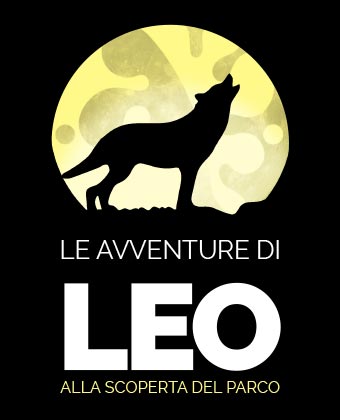
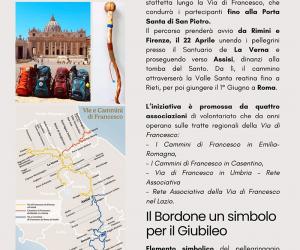
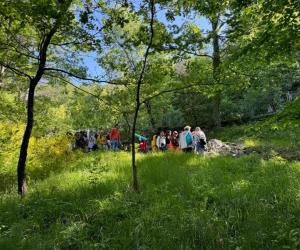
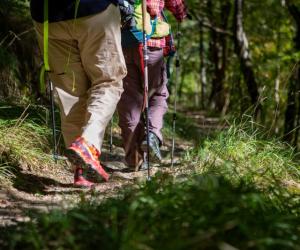
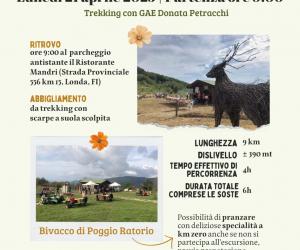
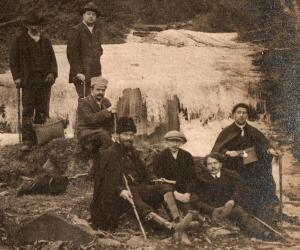
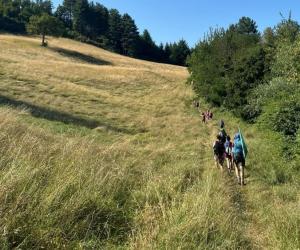



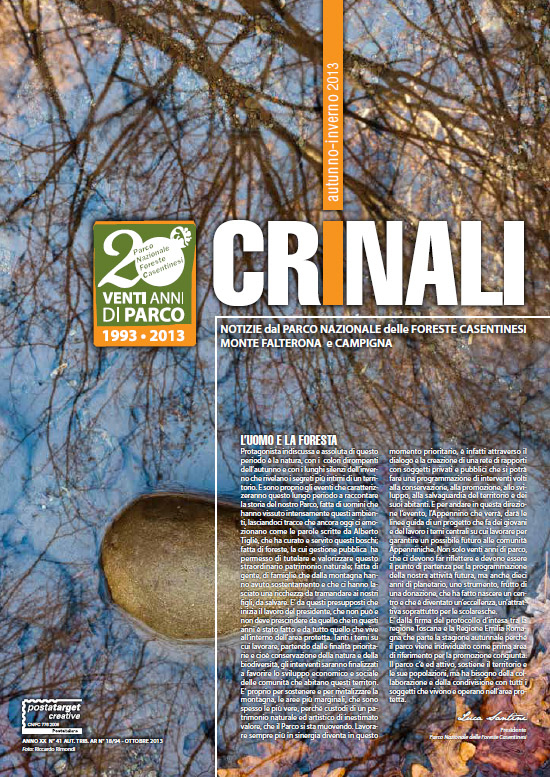
 Integra Solutions
Integra Solutions